Abandoned underground megaprojects
Supersized subterranean structures that were left to rot
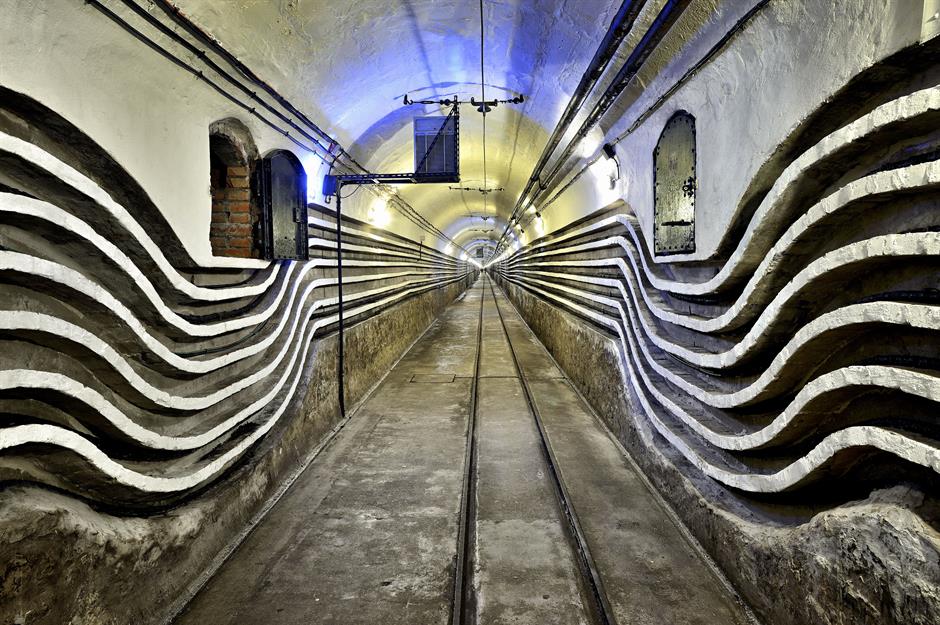
From nuclear bunkers to covert bases, there are a surprising number of massive underground structures dotted around the world that were built at great cost but ultimately abandoned. Read on for a look inside some of the staggering subterranean projects that lie dormant in 2024 and find out how much they cost to build in today's money.
All dollar values in US dollars.
Greenland: Camp Century
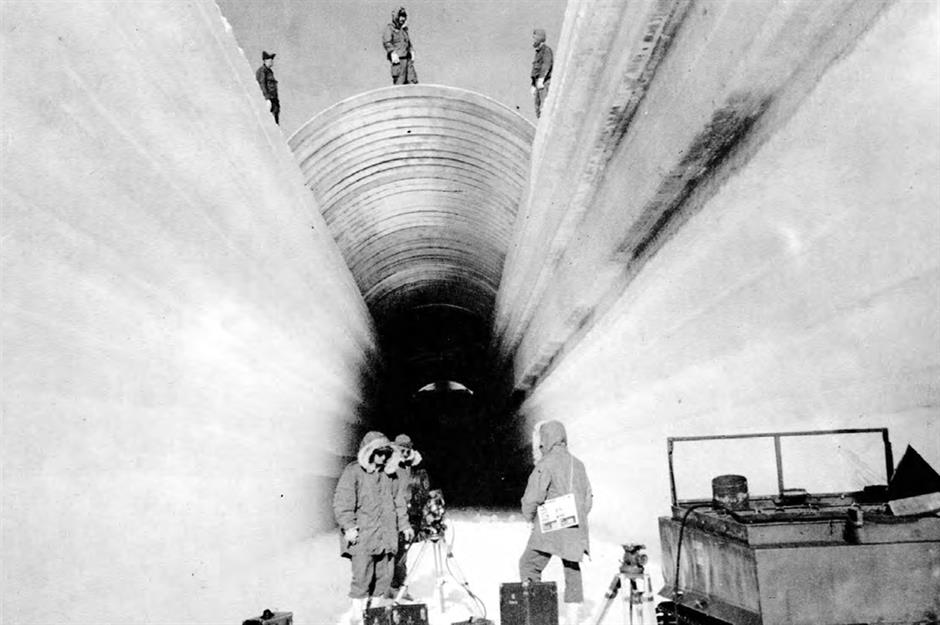
This covert nuclear-powered research facility was constructed by the US military between 1959 and 1960, deep under the Greenland ice cap. Ostensibly a base for scientific research, the facility was also part of the top-secret Project Iceworm and was designed to store and launch nuclear missiles against the USSR in the event of conflict.
Greenland: Camp Century
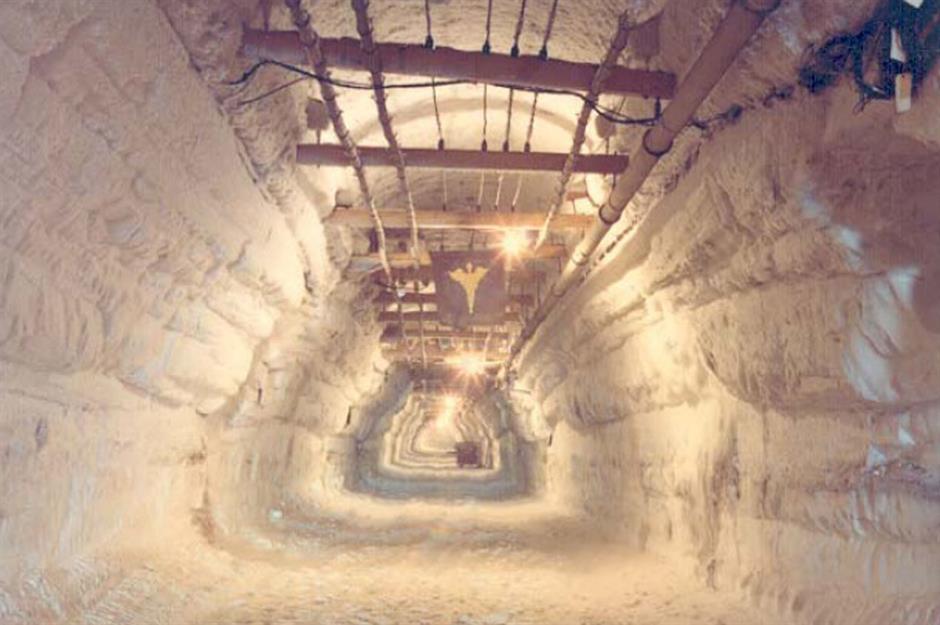
The project cost $7.9 million, over $70 million (£55m) in today's money, and consisted of 21 tunnels spanning 1.9 miles (3.1km). It was abandoned in 1966 after Denmark protested, and experts realised the ice cap was less stable than originally believed.
Tonnes of toxic waste remain at the site which, worryingly, is moving ever closer to the edge of the ice cap.
Chicago, USA: Block 37 Superstation
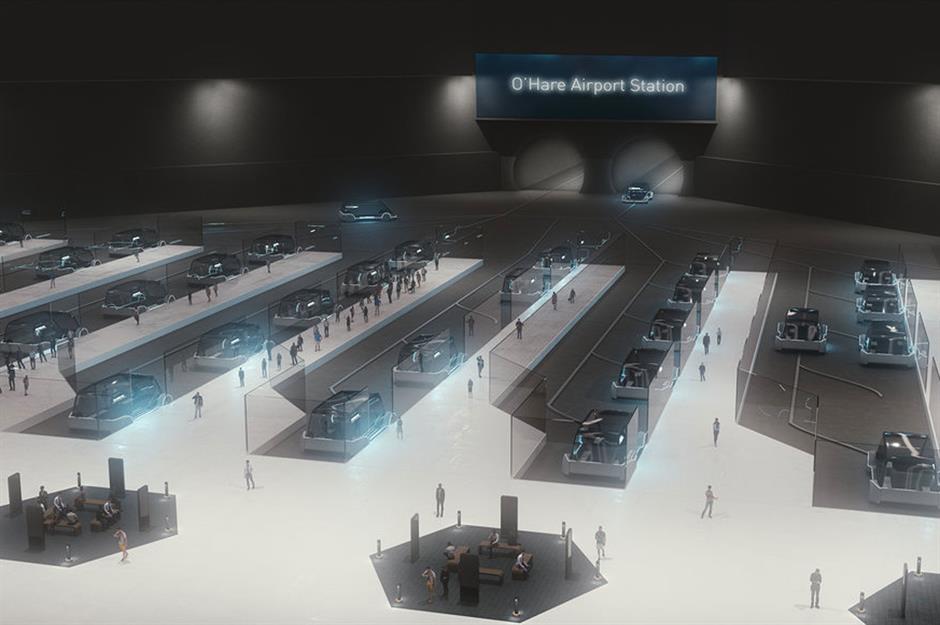
The City of Chicago has been accused of literally burying piles of taxpayer's cash after ploughing $400 million into the Block 37 CTA Superstation in the heart of the downtown area.
Incredibly, the city pressed ahead and constructed the station despite having no guarantee that the service the enormous station was intended for – a futuristic airport link proposed by Elon Musk's The Boring Company – was feasible.
Chicago, USA: Block 37 Superstation
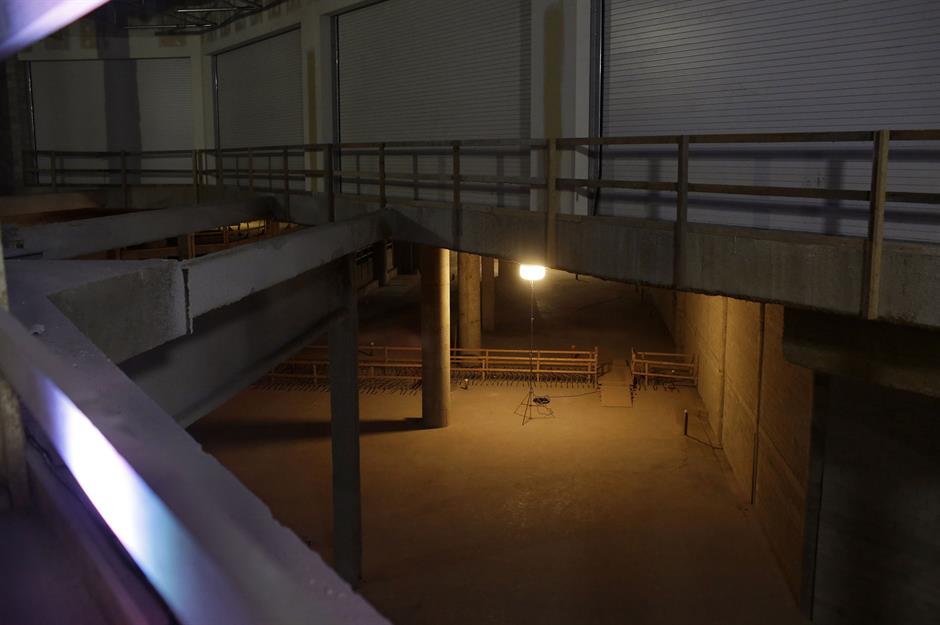
Work began on the superstation, which would have been the downtown terminal for express trains from O'Hare International Airport, back in 2005. However, it soon became apparent that the express service wouldn't come to pass and the city halted building work in 2011.
The superstation remains unfinished. In total, the disastrous megaproject is thought to have cost taxpayers the equivalent of $518 million (£407m) in today's money.
China: 816 Nuclear Military Plant
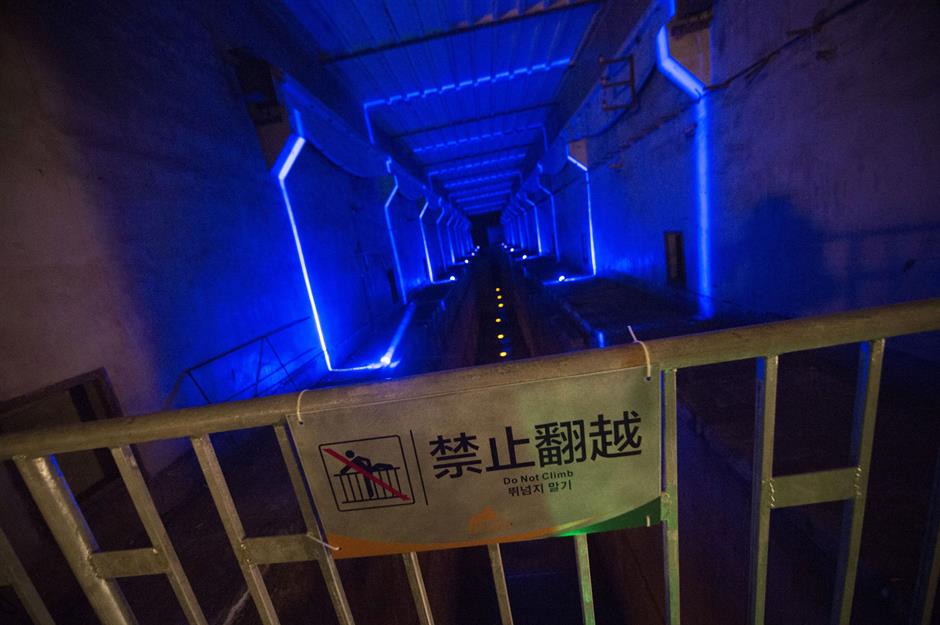
Lurking beneath China's Sichuan mountains is the largest artificial tunnel and cave structure on the planet. Built by tens of thousands of workers who toiled away in horrendous conditions, the vast network of tunnels spans almost 14 miles (22.5km).
The largest cave, one of 18, measures over a million square feet. All in all, the subterranean complex boasts 13 levels.
China: 816 Nuclear Military Plant
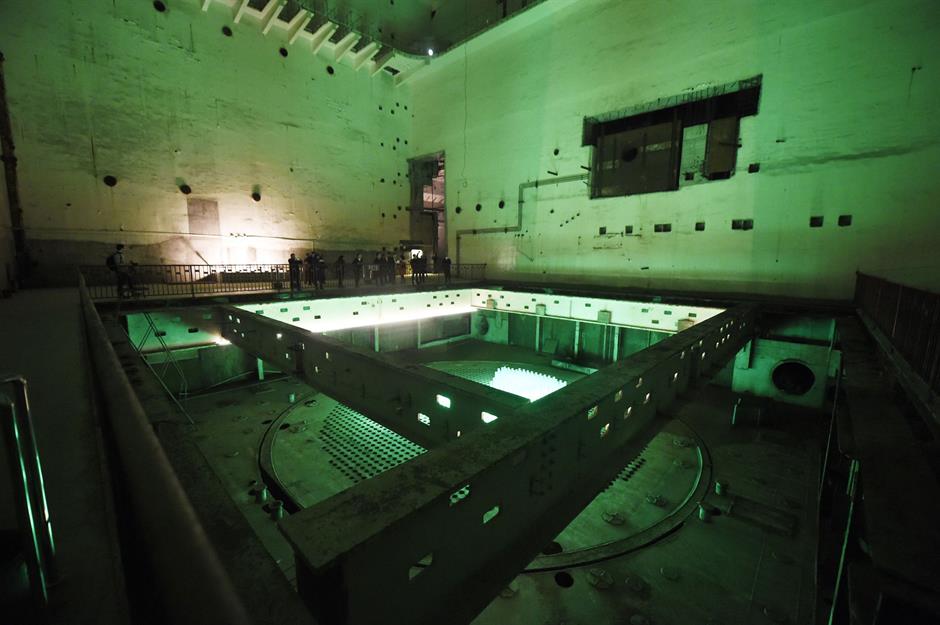
Costing $359 million at the time, the top-secret structure was commissioned by the Chinese government when Cold War tensions were at their peak during the 1960s. The facility housed a nuclear plant capable of producing weapons-grade plutonium.
When the Cold War warmed in the early 1980s the project, which was only 85% completed, was cancelled. Today, the abandoned complex serves as a thriving tourist attraction. The cost of the megaproject works out at over $3 billion (£2.4bn) in today's money.
Poland: Project Riese
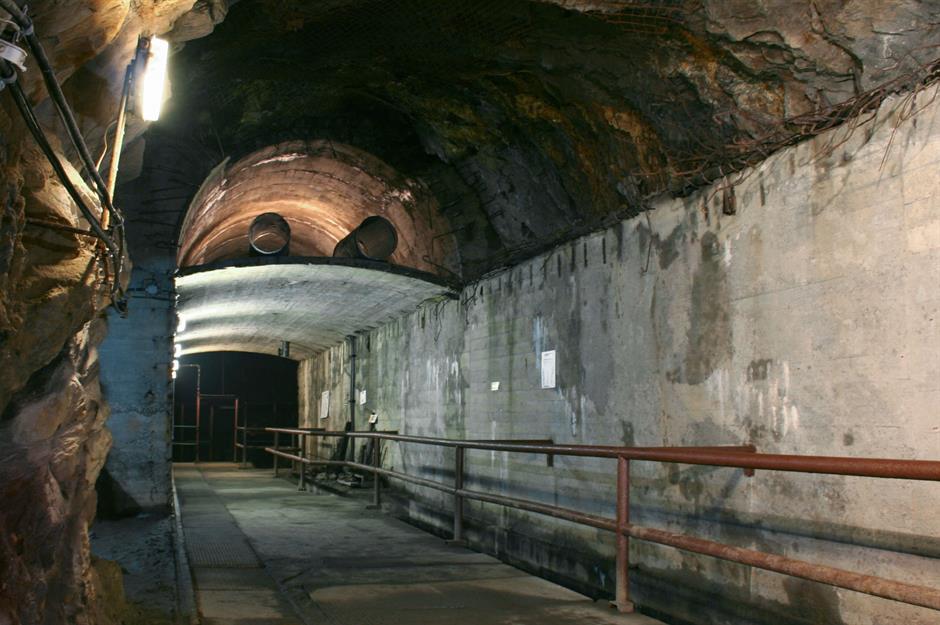
With the Second World War turning heavily in favour of the Allies, the Nazis set about building a gargantuan underground city in April 1943. Shrouded in secrecy, Project Riese ('riese' is the German word for giant) involved the construction of seven underground structures connected by five-and-a-half miles (12km) of tunnels under the Owl Mountains in modern-day Poland.
Poland: Project Riese
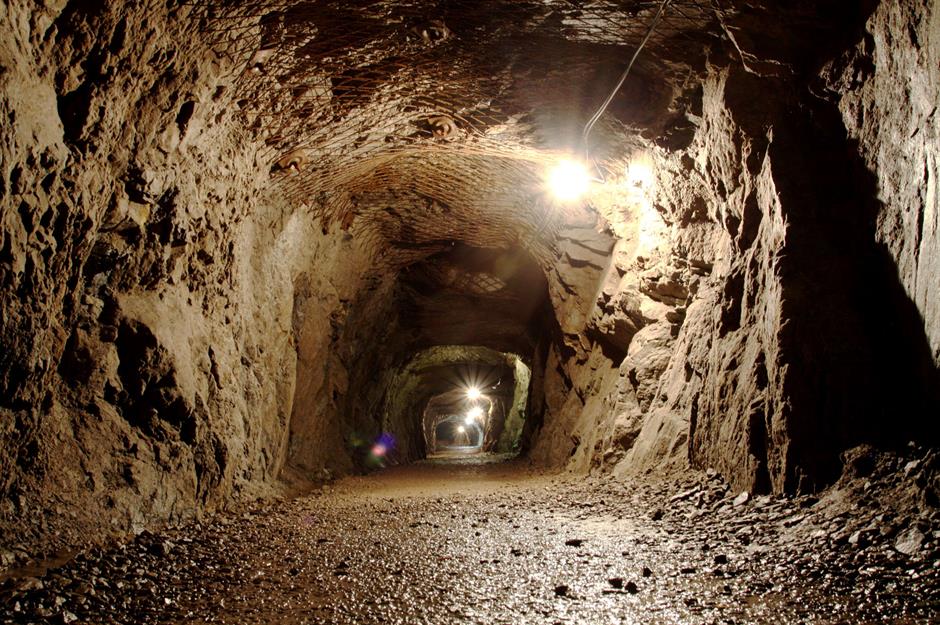
Thousands of prisoners of war, including children, were forced to work on the mysterious megaproject and many died in the process. Construction, estimated to have cost $60 million at the time (the equivalent of over $1 billion/£785m today), continued until May 1945.
To this day the exact purpose of Project Riese is unknown, but some historians have speculated that the subterranean city could have been built as a bunker for Hitler or to accommodate a military base.
Crimea: Balaklava Underground Submarine Base 825 GTS
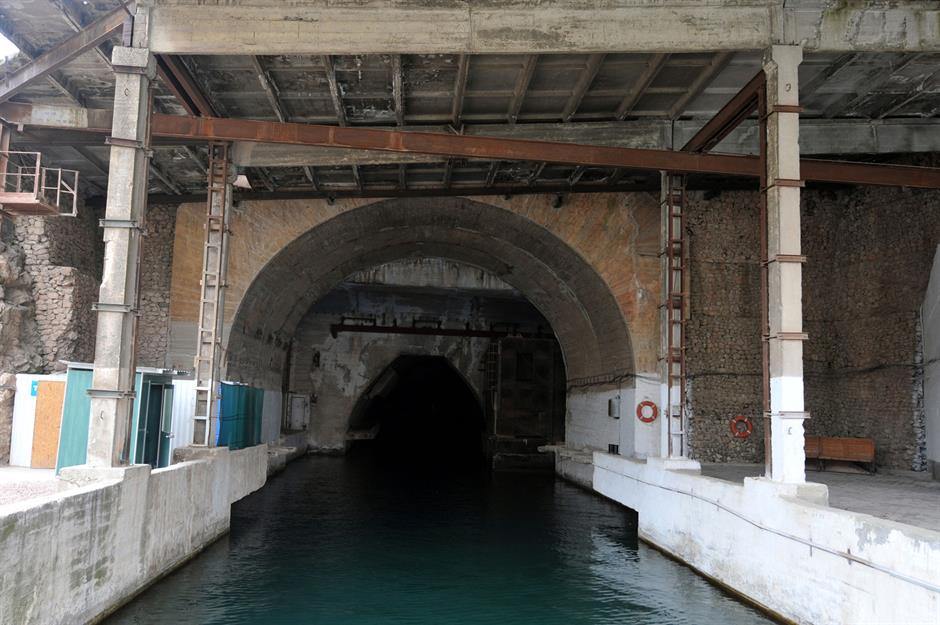
Another top-secret Cold War-era military facility, the Balaklava Underground Submarine Base 825 GTS was built by the Soviets under rock 400 feet deep (122m) near Sevastopol in Crimea from 1957 to 1961. The final construction bill and cost of equipment and life support systems came in at the equivalent of around $1.5 billion (£1.2bn) in today's money.
Crimea: Balaklava Underground Submarine Base 825 GTS
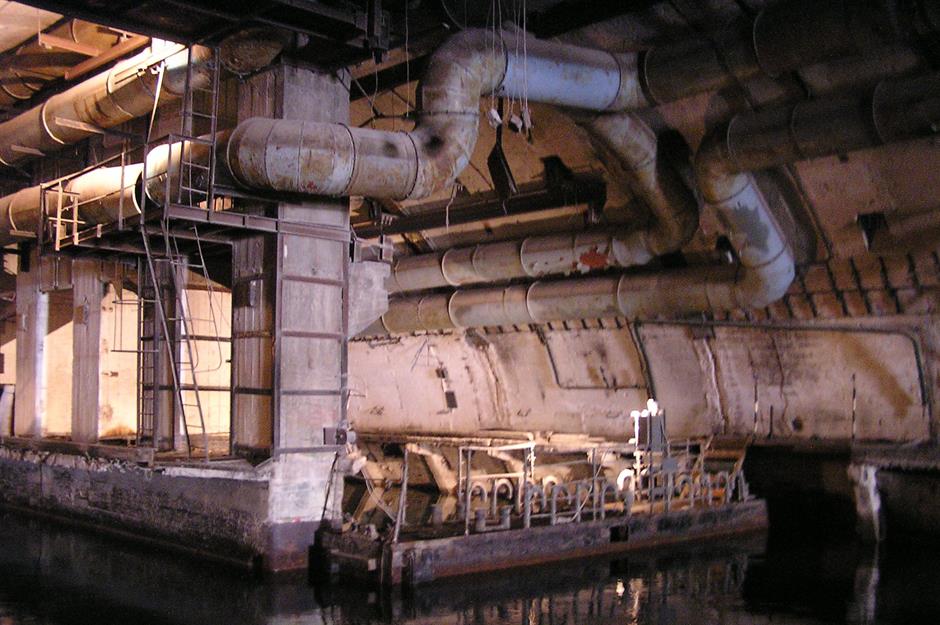
Tough enough to withstand a direct hit from a 100-kiloton nuclear bomb, the base was used to service the Soviet Black Sea Fleet.
It was abandoned in 1993 following the fall of communism and looted throughout much of the 1990s and early 2000s before its rebirth in 2003 as the Balaklava Naval Museum.
France: Maginot Line
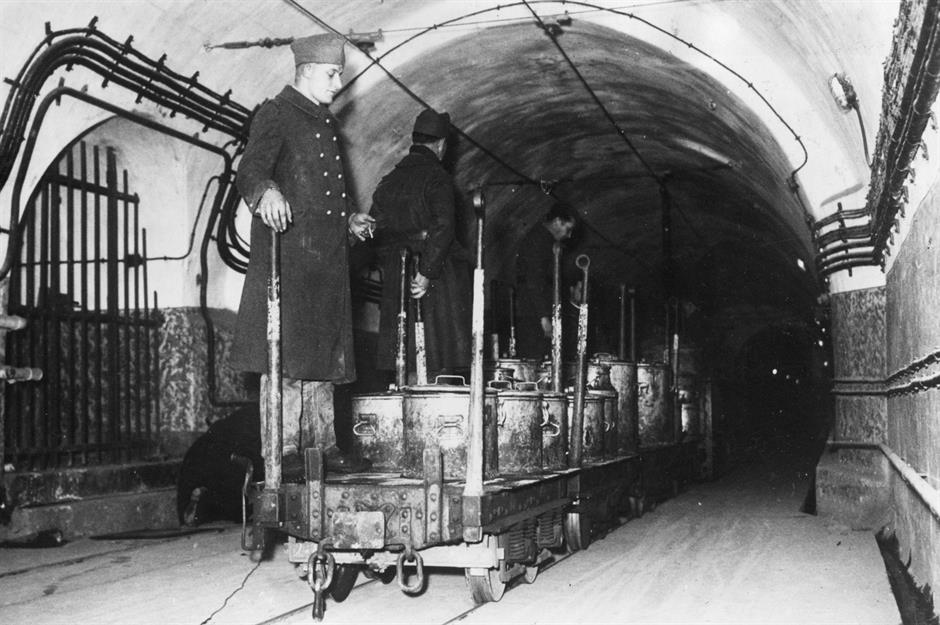
Named after the French Minister of War at the time, André Maginot, the Maginot Line is a series of semi-subterranean concrete border fortresses connected by underground railway tunnels built during the 1930s to provide a permanent defence against a German invasion.
The French government spent 3 billion francs constructing it, the equivalent of over $4 billion (£3.2bn) today.
France: Maginot Line
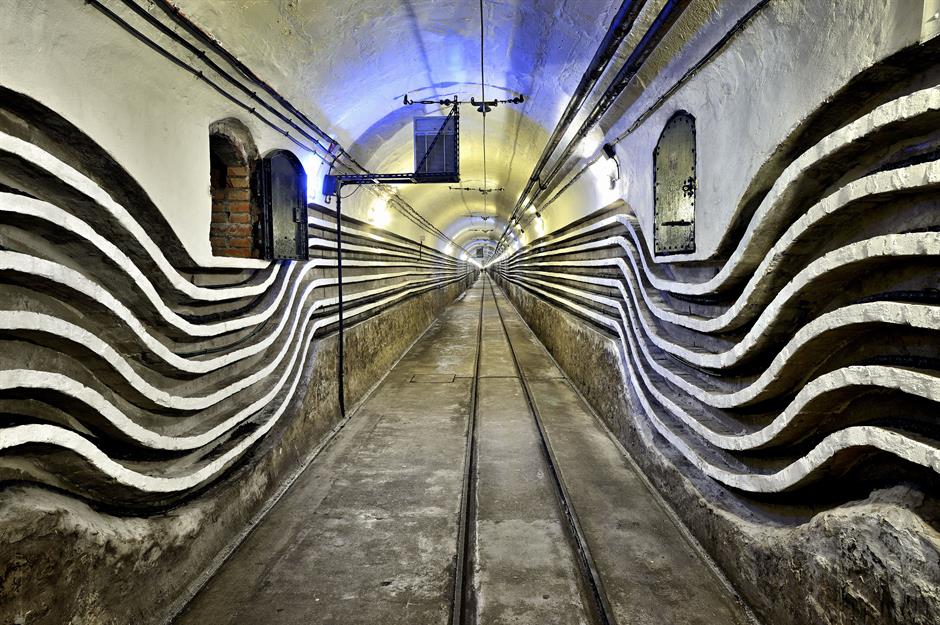
There was just one very major catch. While the border with Luxembourg, Germany, Switzerland, and Italy was robustly defended, the frontier with Belgium had little, if any protection. The Nazis exploited this weakness and invaded France in May 1940 via the Franco-Belgian border.
The Maginot Line was manned once again after the Second World War but was rendered obsolete during the Cold War and effectively abandoned in the 1960s.
Norway: Olavsvern
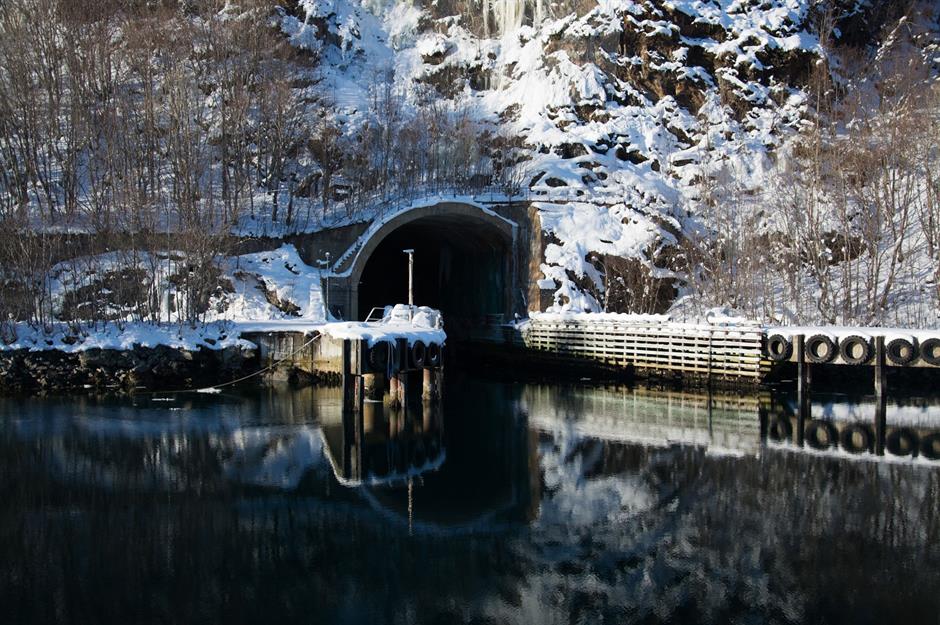
Carved into a mountain, this covert naval base near Tromsø was built by the Norwegian Navy in the late 1960s at a cost of $494 million, around $4.4 billion (£3.5bn) in today's money.
No expense was spared on the base, which was equipped with the most advanced and sophisticated technology money could buy, and featured a plethora of tunnels and rooms beneath the mountain. It took 30 years to build.
Norway: Olavsvern
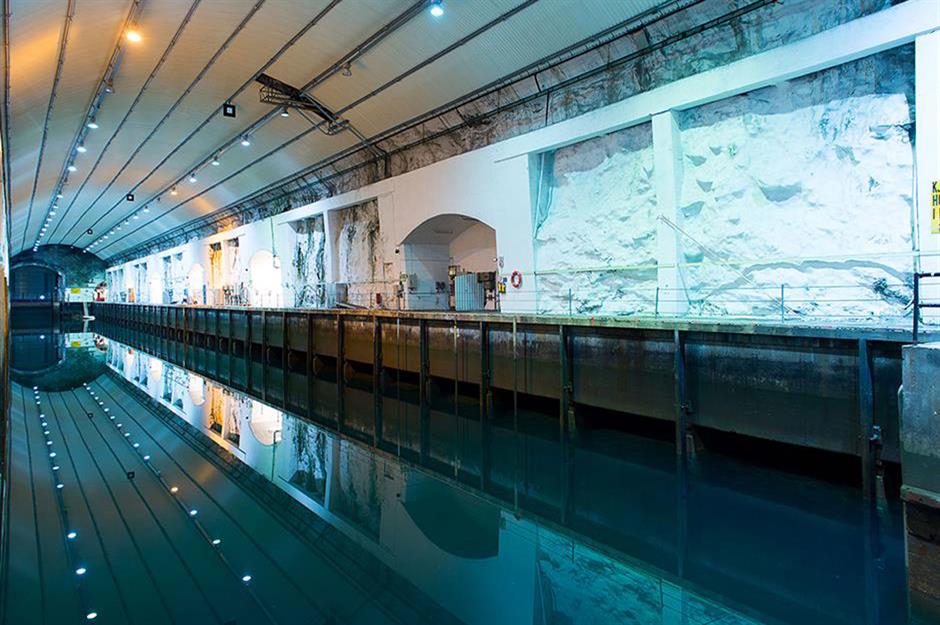
The Bond villain-esque facility was the main service base for NATO submarines operating in the Norwegian and Barents Seas. However, Olavsvern lost its key strategic importance following the fall of communism and was deactivated in 2002 before its eventual closure in 2008.
In an unusual move the base was put up for sale on a Norwegian auction website and was sold at a knockdown price in 2011 to a consortium of Norwegian oil companies. Much to the Norwegian government and NATO's chagrin, the base was rented by affiliates of the Kremlin-linked Russian energy giant Gazprom. It's now back in the hands of a Norwegian group and is in the process of hosting military units once again.
Texas, USA: Superconducting Super Collider (SSC)
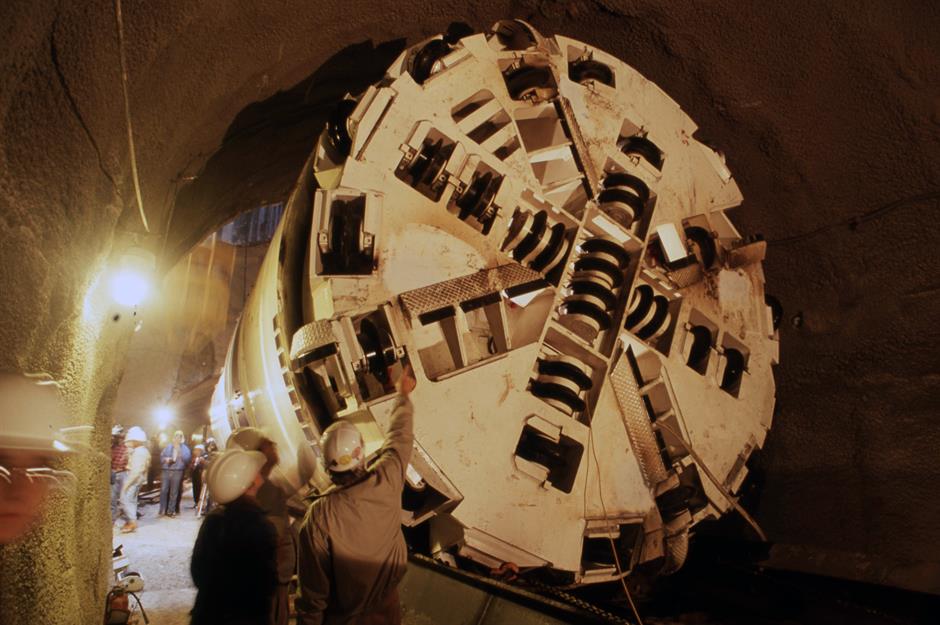
Nicknamed the Deserton, the Superconducting Super Collider (SSC) in Texas would have been America's very own particle collider, rivalling the famous particle collider at the European Organization for Nuclear Research (CERN) in Switzerland.
If it had been completely built, the SSC may well have beaten CERN to discover the Higgs boson "God particle".
Texas, USA: Superconducting Super Collider (SSC)
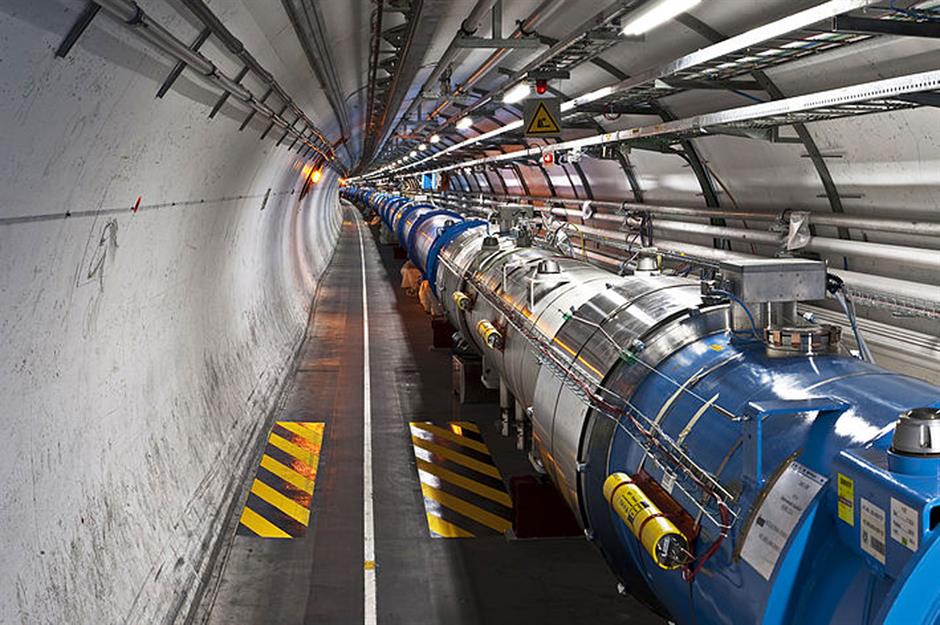
The SSC was first proposed in 1976 and construction began in the late 1980s. But costs soon spiralled out of control and uthorities questioned the viability of the project and whether it was worth the monstrous expense.
By the time the shockingly over-budget SSC was cancelled in 1993, the cost of the megaproject had skyrocketed to $2.4 billion, the equivalent of over $5 billion (£3.9bn) today. That's quite a price tag for an empty underground tunnel in Texas.
Lithuania: Plokštinė Missile Base
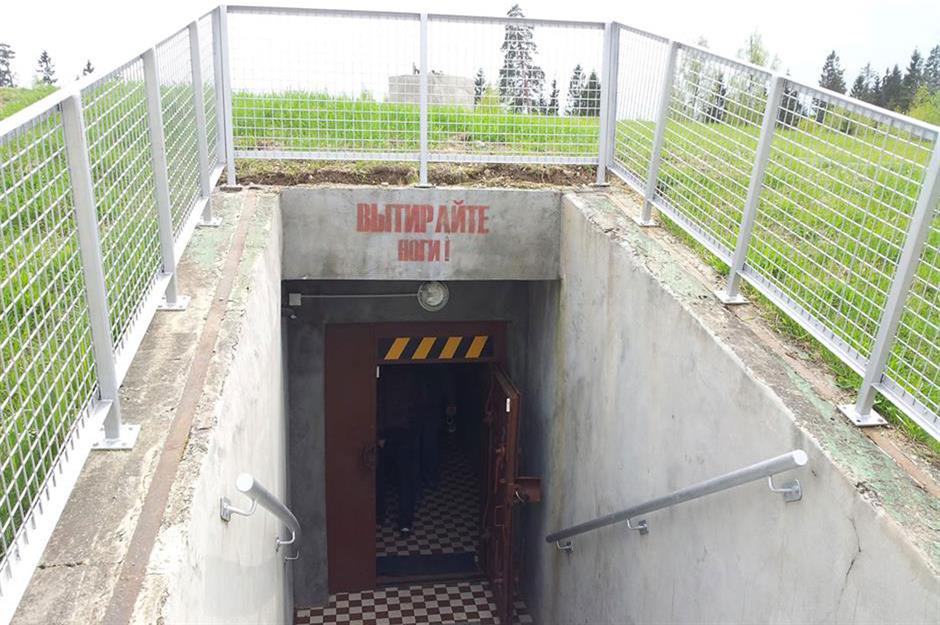
Yet another top-secret Cold War-era military facility, Plokštinė Missile Base was built by the Soviets from 1960 to 1962 near Lake Plateliai in what's now Lithuania. The construction bill for the mostly underground base was huge, equivalent to the cost of building a small town – think billions and billions in today's money.
Lithuania: Plokštinė Missile Base
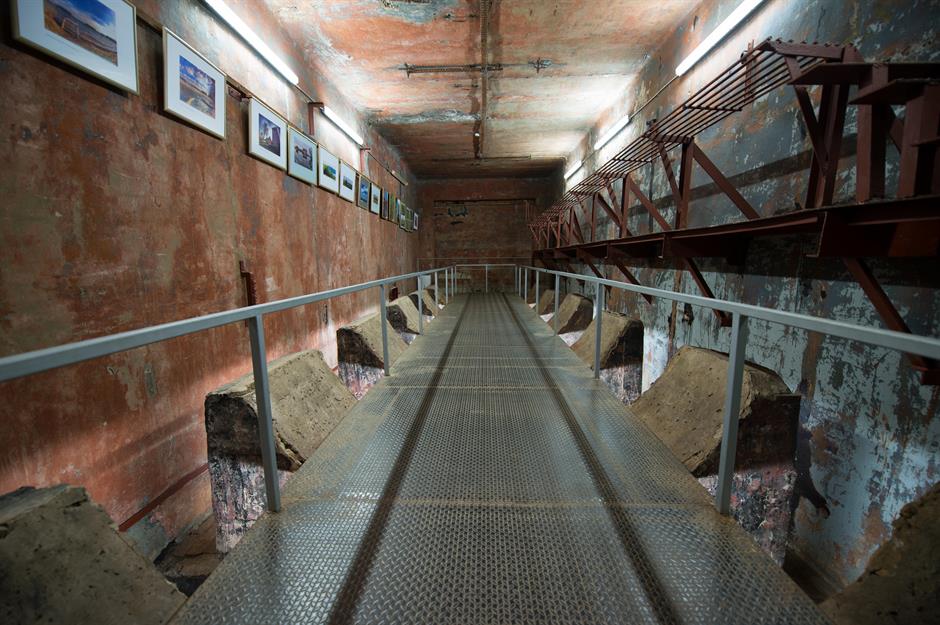
Consisting of several deep shafts, a number of missile silos and a maze of tunnels, the installation contained numerous nuclear missiles and was large enough to house hundreds of personnel.
The base was decommissioned in 1978 and was a magnet for trespassers until 2012, when it underwent restoration and was converted into a museum devoted to the Cold War.
North Dakota, USA: Stanley R. Mickelsen Safeguard Complex
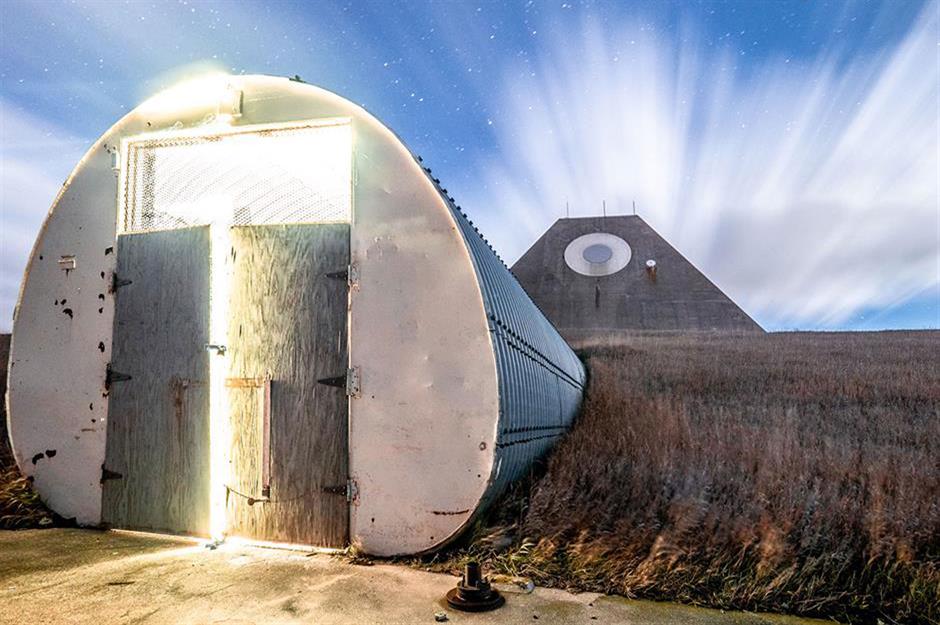
A bewildering waste of taxpayers' money, the Stanley R. Mickelsen Safeguard Complex in Nekoma, North Dakota was completed in April 1975 at a cost of around $7 billion (£5.5bn) in today's money.
The cutting-edge complex, built beneath and around an eye-catching pyramid structure, provided launch and control for scores of short- and longer-range anti-ballistic missiles.
North Dakota, USA: Stanley R. Mickelsen Safeguard Complex
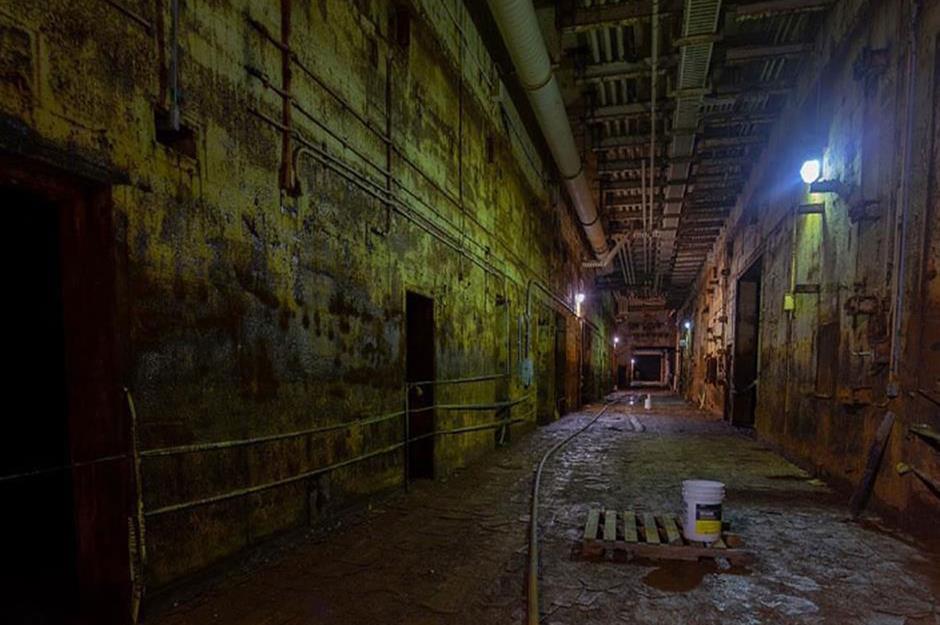
Unbelievably, the multibillion-dollar state-of-the-art facility was fully operational for just 24 hours. In October 1975 Congress deemed the base ineffective, pulled funding and voted to decommission the whole shebang, literally a day after it went from initial to full operating capacity.
The base was eventually sold for peanuts in 2012 to a religious group.
Nevada, USA: Yucca Mountain nuclear waste repository
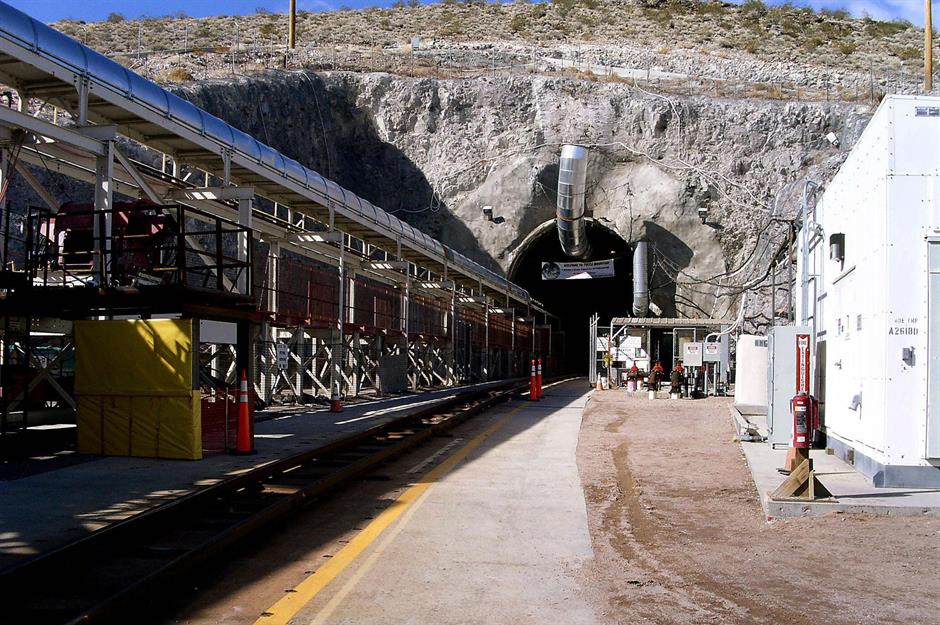
Yucca Mountain in Nevada was chosen in 1987 to be America's principal nuclear waste repository. The underground facility was eventually approved by Congress in 2002, and construction work began not long after.
The megaproject met with intense opposition and a number of problems arose, from the unsuitable geology of the site to concerns about transporting waste.
Nevada, USA: Yucca Mountain nuclear waste repository
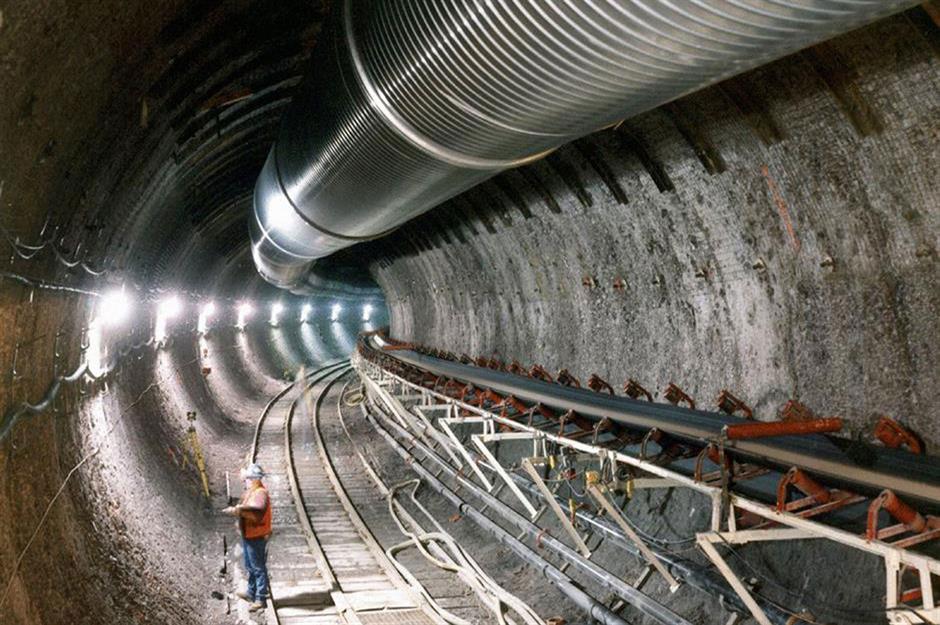
When it was confirmed that nuclear power stations could store waste on site safely over decades, politicians questioned if the project was even necessary. President Obama pulled federal funding in 2011 and effectively canned the project.
By then around $15 billion had been invested, the equivalent of $20.5 billion (£16.1bn) in today's money. With no plans afoot to revive the project, the Yucca Mountain repository remains in limbo.
Bosnia: Željava Air Base
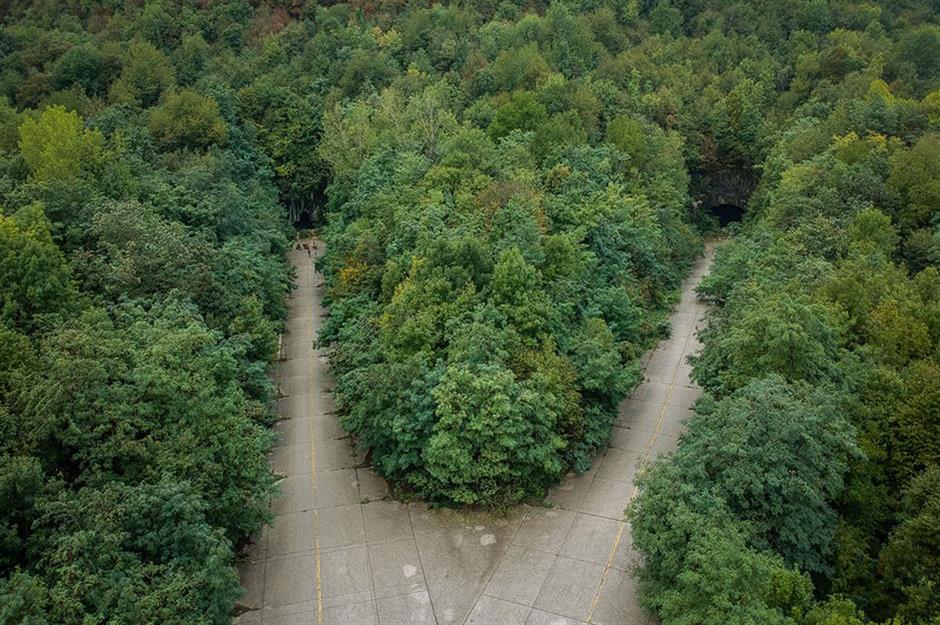
Željava Air Base was built by the Yugoslav armed forces between the late 1940s and early 1960s under a mountain at a secret location on what's now the border of Bosnia and Croatia. One of Europe's largest military facilities, the cavernous installation served as a command centre and housed a missile early warning system.
It could accommodate up to 1,000 personnel and withstand a direct strike from a 20-kiloton nuclear warhead.
Bosnia: Željava Air Base
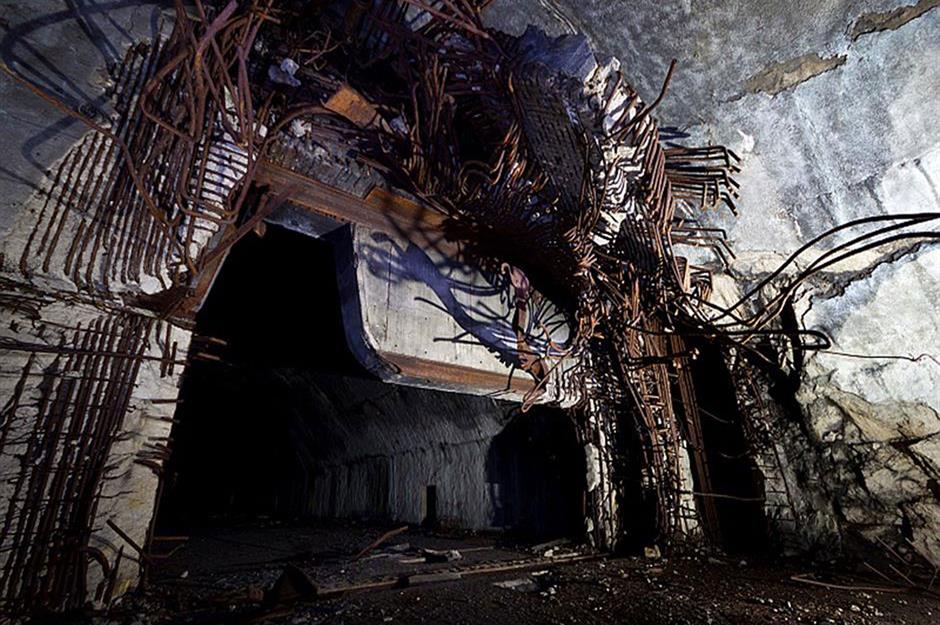
The base, which is estimated to have cost an astronomical $6 billion at the time, the equivalent of a staggering $62 billion (£49bn) today, was operational until the early 1990s.
Despite the vast expense, the withdrawing Yugoslav People's Army destroyed much of the complex during the Yugoslav Wars in 1991 to prevent the opposing forces from using it for their own ends. The complex has remained abandoned ever since.
Now discover the over-budget, delayed megaprojects causing headaches around the world
Comments
Be the first to comment
Do you want to comment on this article? You need to be signed in for this feature